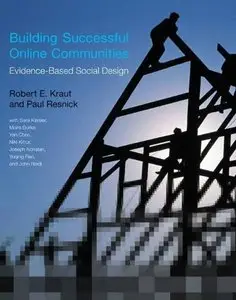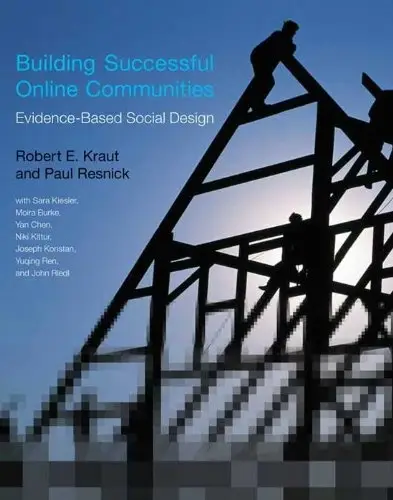Building Successful Online Communities: Evidence-Based Social Design by Robert E. Kraut, Paul Resnick
2012 | ISBN: 0262016575 | English | 328 pages | PDF | 8 MB
2012 | ISBN: 0262016575 | English | 328 pages | PDF | 8 MB
Online communities are among the most popular destinations on the Internet, but not all online communities are equally successful. For every flourishing Facebook, there is a moribund Friendster–not to mention the scores of smaller social networking sites that never attracted enough members to be viable. This book offers lessons from theory and empirical research in the social sciences that can help improve the design of online communities. The social sciences can tell us much about how to make online communities thrive, offering theories of individual motivation and human behavior that, properly interpreted, can inform particular design choices for online communities. The authors draw on the literature in psychology, economics, and other social sciences, as well as their own research, translating general findings into useful design claims. They explain, for example, how to encourage information contributions based on the theory of public goods, and how to build members' commitment based on theories of interpersonal bond formation. For each design claim, they offer supporting evidence from theory, experiments, or observational studies.The book focuses on five high-level design challenges: starting a new community, attracting new members, encouraging commitment, encouraging contribution, and regulating misbehavior and conflict. By organizing their presentation around these fundamental design features, the authors encourage practitioners to consider alternatives rather than simply adapting a feature seen on other sites.



